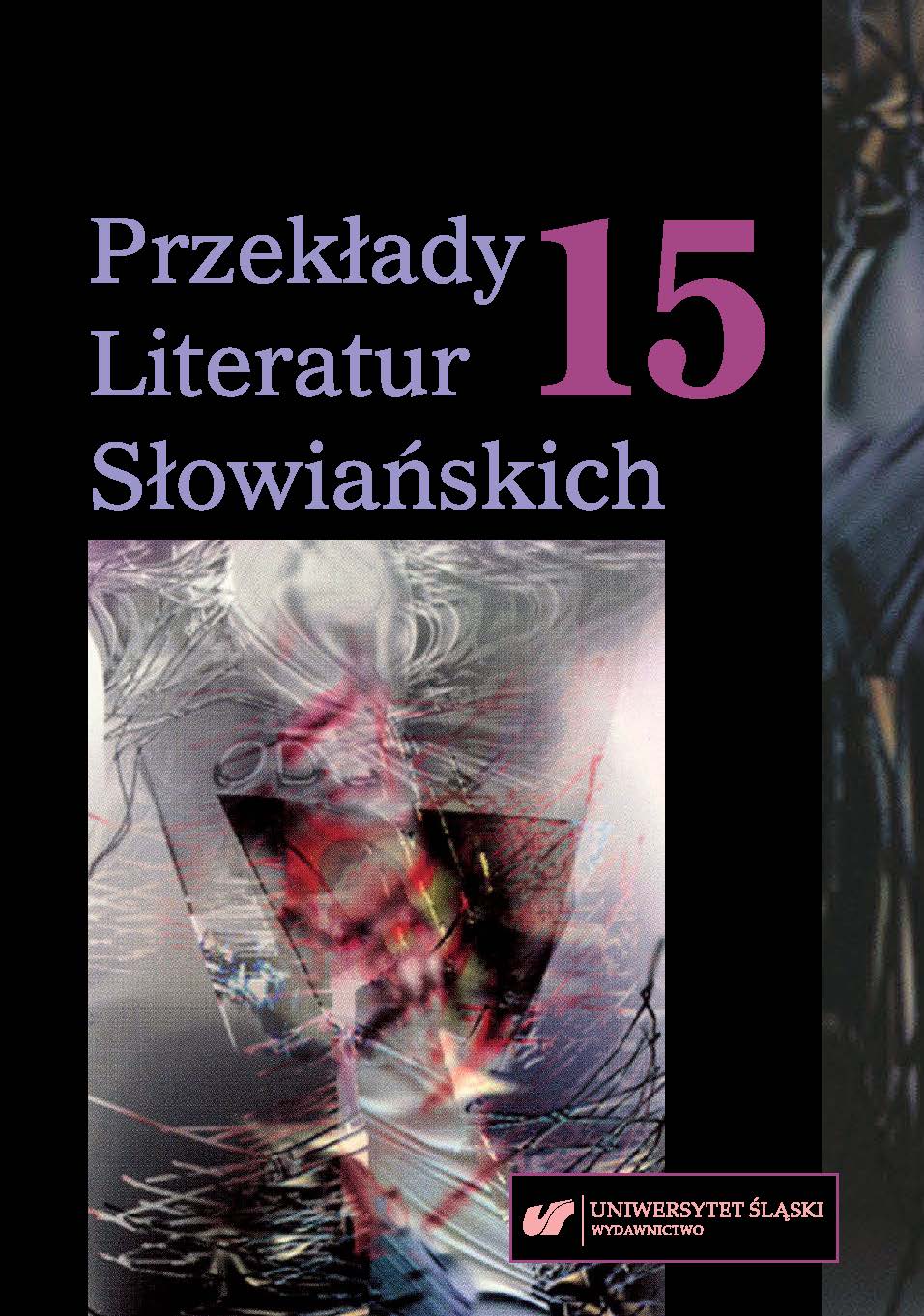

Tom 6, część 1 poświęcony jest wątpliwej wolności decyzji translatorycznych tłumacza, niewytrzymującej konfrontacji z tekstem wyjściowym. Przekład istnieje bowiem jako tekst „związany” nawet jeżeli staje się aktywnym elementem kultury docelowej. Wolność tłumacza sprowadza się do względnej wolności wyboru, przekraczania granic własnej kultury oraz do odkrywania obcej literatury i kultury. Granice jego wolności wyznaczają: intencja tekstu, paradygmat kulturowy, określający sposób myślenia i narzędzia kierujące postrzeganiem i rozumieniem sensu świata, system językowy oraz patronat wraz z instytucjami pośredniczącymi w komunikacji literackiej. Przebiegają one po stronie kultury wyjściowej i po stronie kultury docelowej, dlatego nie można badać przekładu wyłącznie w perspektywie kultury docelowej, ponieważ pogłębia proces niezrozumienia i przeczy chęci porozumienia. Tłumacz, szukając podobieństwa z tym, co rodzime, ograniczony jest przez imperatyw kategoryczny tekstu oryginału. Choć oczywista jest zależność tego, co postrzegamy od subiektywnego punktu widzenia postrzegającego, na który składają się jego wiedza, wrażliwość, wartości preferowane oraz przekonania, przekład uzależniony jest od rzetelności tłumacza, wynikającej z jego kompetencji. Rzetelność odnosi się do tekstu, w którym zawarta jest osoba ludzka, kultura, intencja i artysta. W spełnieniu obowiązku rzetelności pomaga pomysłowość tłumacza na poziomie językowym w sytuacjach braku odpowiednika znaczeniowego, a także w przypadku istnienia odpowiedników niedokładnych. Autorzy artykułów zebranych w niniejszym tomie podejmują sygnalizowane zagadnienia w dwóch kręgach tematycznych: granic wolności tłumacza i ich przekraczania oraz rozumienia przekładu jako naśladowania wzorca, a więc tekstu „związanego” czy „tekstu drugiego stopnia”. Artykuły są uporządkowane w dwóch częściach zatytułowanych: Granice i Naśladowanie. W części pierwszej znalazły się prace, w których omawiane są granice instytucjonalne, myślowe i językowe. Naśladowanie w tłumaczeniu rozumieją autorzy szeroko: jako inspirację artystyczną, jako respektowanie tekstu i kultury wyjściowej w świetle kultury docelowej, w perspektywie metatekstowej, jako zachowanie denotatywno-konotatywnej informacji o kulturze wyjściowej lub trzeciej kulturze oraz w perspektywie odbiorcy kultury docelowej. Autorzy dostrzegając manipulacyjną funkcję patronatu, poetyki i psychosfery obecne w kulturze przyjmującej, badają przekład, nie eliminując oryginału.
Translator’s Freedom Towards Imperative of the TextVolume 6, Part 1, is devoted to the issue of the questionable freedom of the translator’s decisions and the inability to sustain a prolonged discussion with the translated text. This is due to the fact that the translation exists as a “bound” text even if it becomes an active participant in the target culture. The translator’s freedom exists as a relative freedom of choice, in that a translator may transcend their native culture in the process of the discovery of a foreign literature and culture. The boundaries of the translator’s freedom are set by the following factors: the intention of the original text; cultural paradigms that inform manners of thinking and the mechanisms that enable the perception of the world and the understanding of its meaning; the constraints of, and tools provided by, linguistic systems; and the patronage of institutions that participate in literary communication. These boundaries delimit both the source culture and the target culture, which is why a translation cannot be examined exclusively from the perspective of the target culture. This kind of approach would deepen misunderstanding and oppose the will to reach mutual understanding. The translator, searching for affinities with what is native, is constrained by the categorical imperative of the original text. Even though, obviously, what we see depends on the subjective point of view of the perceiving subject (made up of their knowledge, sensitivity, preferred values, and beliefs), translations depend on the integrity of the translator, which is itself essentially related to the translator’s competence. The idea of integrity also relates to the text, which contains, as it were, the human person, the culture, the intention, and the artist. In fulfilling the duty of integrity, the translator is helped by their linguistic inventiveness in situations where there is no semantic equivalent, and in cases where only imperfect equivalents are available. Contributors to this volume address the above-mentioned issues in two thematic groupings: the boundaries of the translator’s freedom and the crossing of those boundaries; and the understanding of a translation as an imitation of a model, and thus as a “bound” text or a “second level text”. The articles have been arranged into two parts, entitled Boundaries and Imitation. In the first part are found articles which discuss types of boundaries: institutional, mental, and linguistic. The contributors offer a broad understanding of imitation: as artistic inspiration; as respect for the source text and culture from the perspective of the target culture; from a metatextual perspective, as the preservation of denotative and connotative information about the source culture or the third culture; and from the perspective of the receiver of the target culture. Aware of the manipulative function of patronage, poetics and psychosphere present in the receiving culture, the contributors examine translations without ignoring the original text.

Tom 15 (2025)
Opublikowane: 2025-12-19
 10.31261/PLS
10.31261/PLS